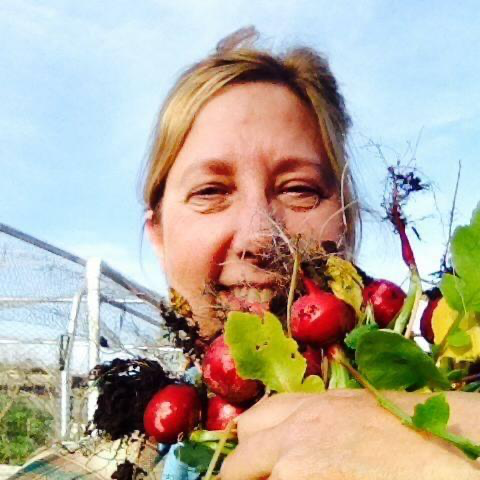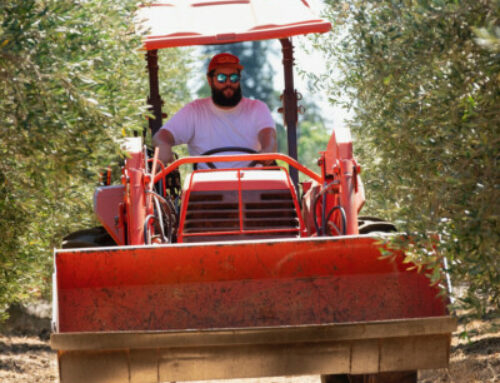As with all vegetable seeding, staggered planting helps guarantee a long harvest
![]()
By Sharon McCray

Sharon McCray
Oh, the dog days of summer. I don’t need to tell you how hot it has been lately and last month’s brief but welcomed rain has certainly got everything in the garden confused. With the abundance of tomatoes and peppers, enough basil to last a lifetime and cucumbers galore, it is odd to think about what winter vegetables to plant now.
It is the ideal time to start seeds for a fall vegetable garden and to seriously consider which were missed the most last winter. Seed packets contain a wealth of information with seed depth and watering requirements just the beginning. Days until maturity indicate the number of days until the vegetable will be ready to harvest, based on the day the seedling is planted in the garden bed. As with all vegetable seeding, staggered planting helps guarantee a long harvest. By planting a few seeds every couple of weeks, your harvest can be extended.
There is no better time than now to start growing your plants from seed. It is economical and gives you a much wider choice of varieties, plus, seeds need warmth to germinate. I recommend a good grade potting soil mixed 50/50 with perlite. Any clean container with a drainhole, can make a good container. Now get busy seeding broccoli, cabbage and cauliflower according to seed packet suggestions.
It can be a challenge to decide which tomato plants must go to make room for broccoli, but it’s a necessary part of a winter garden. Through my own stubbornness and procrastination, I managed to have fresh tomatoes from my garden at Christmas dinner but that is the exception, not the rule. Tomatoes will ripen on the kitchen counter if left to their own devices. Peppers not so much. As far as green beans are concerned, try pruning back the foliage and allow time to set more beans. This method seems to work better with bush as opposed to vining types like Kentucky Wonder.
 Broccoli can easily become infested with aphids so once the seedling is planted and it begins to set flowers, cover it with a light cloth or very fine netting to keep the little buggers out. Another method of removing aphids from plants is to hose them off.
Broccoli can easily become infested with aphids so once the seedling is planted and it begins to set flowers, cover it with a light cloth or very fine netting to keep the little buggers out. Another method of removing aphids from plants is to hose them off.
Cabbage is subject to caterpillars courtesy of little white butterflies which are difficult to control. By tying the leaves around the cabbage head, it can be protected. Or, cover the heads with a light mesh cloth to reduce infestation.
Fall is also a good time to plant root crops. Carrot seeds need to be kept moist until the green tops are about one half inch above the soil. Beet seeds have a tendency to clump together so planting them with radish seeds will serve two purposes. First, the beets will have room to grow and spread into a nice size as the radishes are harvested. Plus, there will be radishes to enjoy all winter long.
Lettuces, spinach and other leafy greens are best directly sowed in the planting bed. Most prefer cooler weather and will turn bitter, bolt and go to seed if the weather is too hot.
One final note. With the exception of onions, seeds typically remain viable for years. Most packets contain dozens of seeds. If you find a variety you like, save some for next year.
Sharon McCray is a California native living in Santa Clara County since 1959. She became certified as a University of California cooperative extension master gardener in 1992 and a UCCE master naturalist in 2015. She hosts a radio show on KKUP public radio and is now retired.







